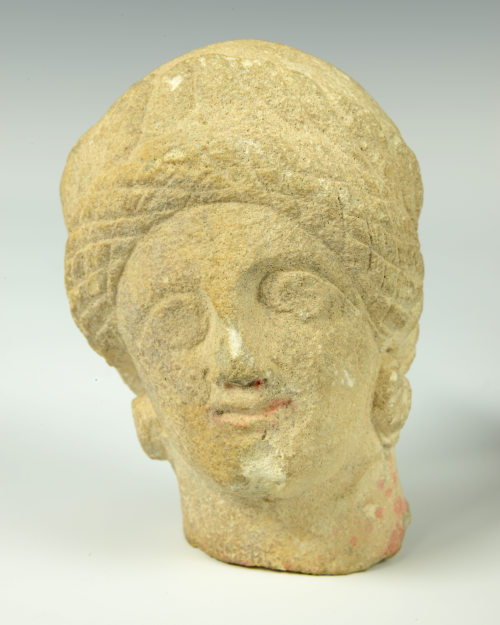The Printing of 3D Stone Roman Sculpture
Partnerships come in many different sizes and forms. They also often grow and develop from prior research collaborations. For example, in 2017, a partnership which had originally been established to study Durham Castle's historic tapestries, developed into a project between the Museum of Archaeology and Teesside University.
The project used alternative structured light systems (SLS) to create a 3D model of a fragment of Roman sculpture, which was then printed and painted to appear as it might have originally. 3D modelling and visualisation have become increasingly important for the research and understanding of archaeological material and for helping with the interpretation for a wide variety of audience.
Teesside University has pioneered the development of SLS as a safe, cost-effective, and highly accurate research tool. Their work has led to the development of new guidelines for using SLS that have been adopted by both the Archaeological Data Service and the British Association for Biological Anthropology and Osteoarchaeology. Teesside University have recently used this project as part of a REF case study.
What was the Museum of Archaeology’s role?
Museum of Archaeology staff was involved throughout the scanning and printing of the model. The curator worked with colleagues at Teesside University to select the most suitable object, which would offer an opportunity for SLS and enhanced archaeological interpretation. The curator also set the brief for the painting of the model by an archaeological illustrator and arranged for the model and the artefact to be displayed next to each other in the Museum of Archaeology. It also featured prominently in a student-curated exhibition exploring the theme of decay.

Image caption: Romano British Stone head from which 3D printed copy was made


/prod01/prodbucket01/media/training/BBL6-3492X1127.jpg)